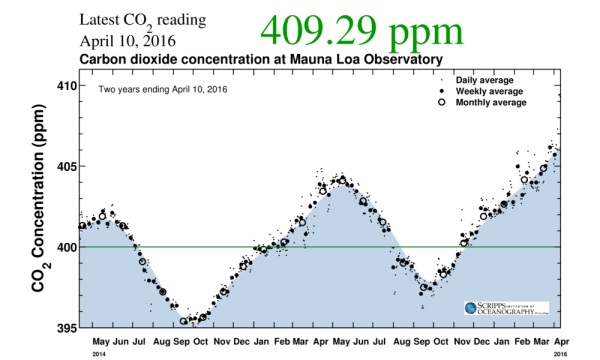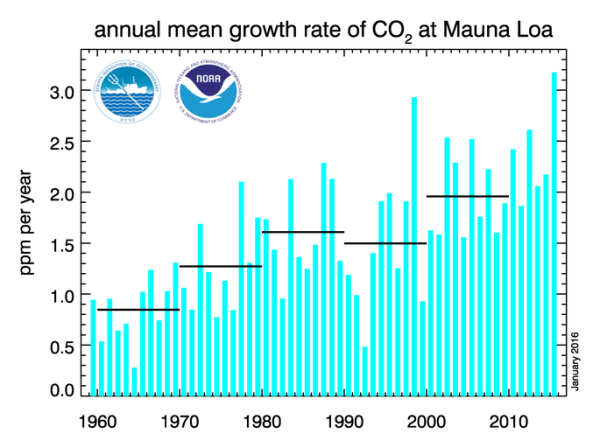Hey Matt --- Can ya graph that up for us? Maybe the other 19 stations too...
Thanks....
BTW --- Likely to be a side effect of the El Nino.. TEMPERATURE causes CO2 increases..
Thanks....
BTW --- Likely to be a side effect of the El Nino.. TEMPERATURE causes CO2 increases..






